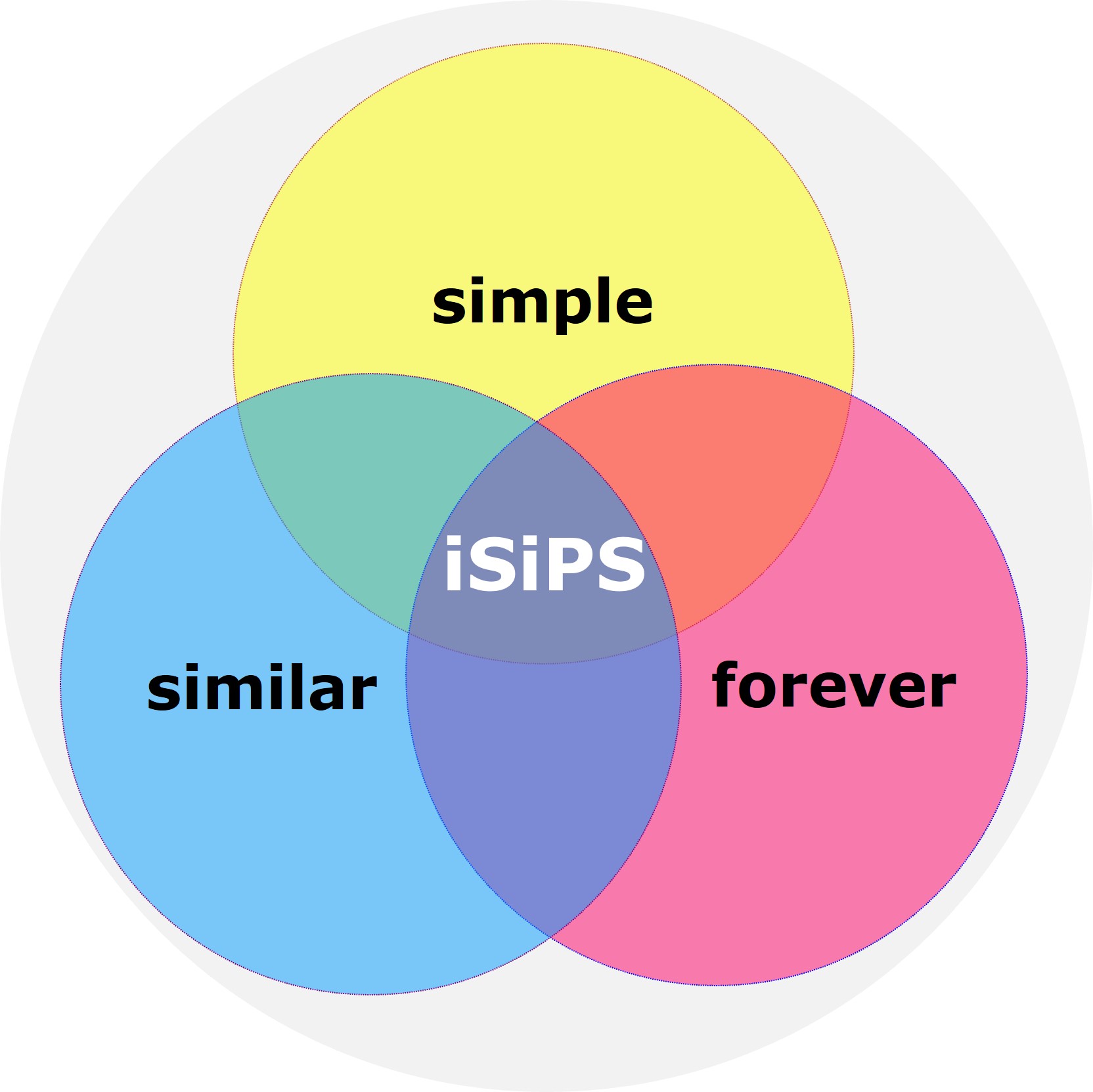
Inherent simpleness in the principle of similitude (iSiPS) is a hitherto unpublished noun phrase. It’s a new expression, a neologism!
Inherent simpleness in the principle of similitude (iSiPS) is the generative force governing the likeness of single entities, and their transformations.
Therefore, inherent simpleness in the principle of similitude (iSiPS) is the firm foundation, the primary source of the ubiquitous and universal phenomenon of analogy/likeness/similitude.
The term “likeness” refers to the recognisable characteristics of a single entity, e.g. a person, that sufficiently distinguishes them from others.
An “entity” is something that exists separately from other things and has its own identity.
Likeness, i.e., resemblance is primarily based on the structure (and function) of single entities, i.e., analogy¦energy unities (Æis), whether they are immaterial or material. Elements, simple chemical substances, plant and animal species, and humans are (material) entities, i.e., Æis.
ISiPS rules the specific structure and function of single entities dynamically, i.e., their structural and functional efficiency and firmness -strenght and stability- (on the understanding that no entropic energy untunes it)!
It means that simpleness, the quality of being simple, is transformative generative force itself. Impressively, it generates and governs similar single entities, and their likeness/resemblance for always (forever).
In other words, it means that simpleness is always the core, the kernel, the central, most important part of similitude/likeness/analogy, in general, and of the so-called “principle of similitude”, in particular. Thus, simpleness is a basic, permanent part of similitude, and simpleness cannot be removed from similitude. This is the reason why we speak of inherent Simpleness in the Principle of Similitude (iSiPS), simple · forever · similar.
In brief, iSiPS is ‘the missing link’ that unites the so-called “principle of simplicity or parsimony” (Ockham) with the so-called “principle of similitude” definitely, forever!
Inherent simpleness in the principle of similitude (iSiPS), the generative force governing the likeness of single entities, and their transformations, is the hitherto unknown:
- supreme Law,
- epistemological premise of the existence!,
- firm basis, foundation, primary source of,
- fundamental impulse to, and
- driving force behind:
- the ubiquitous and universal phenomenon of analogy/likeness/similitude;
- implosion and explosion vortices;
- ether, i.e., the physical medium for the transportation of light all across the cosmic space; the all-pervading electromagnetic ether, the energetic tension field as the unified field for physics;
- a single spinning quantum (indivisible unit) of light;
- flow, motion, rotation, spirals [Heraclitus‘ ‘panta rhei‘: ‘all things are flowing’];
- time, as concept intricately linked to motion concept;
- rhythm, harmony; proportions, scales;
- the hierarchically.structured universe (Kant):
- the ongoing perpetual and causally ordered evolution in the universe;
- the earth and the solar system;
- the sun, our lonely star;
- every (reversible) generative transformation: ether (energy) ≈ light ≈ (H+; water) matter ≈ life; e.g. photosynthesis;
- the proton (H+), the heavy positively charged particle constituting the nucleus of hydrogen, the most stable entity existing in universe. Protons are found along with neutrons in ordinary atomic nuclei;
- light as the most efficient and fastest mediator of information. [All systems interactions are mediated by communication. All communication consists of the flow of –light mediated– information].
More information at the Members’ Area
- continuation (citing examples supporting the impressive actuality of iSiPS)…
- an optical prism, which split white light that passes through it into the colours of the rainbow;
- analogy¦energy unity (Æi) of immaterial and materiel entities and species, which semantically overcomes Einstein‘s equivalence between mass and energy; e.g. a moving point, a quantum of light (a photon), an idea;
- 1, the numeral sign/symbol that represents one, the “number” 1, which it is not a number properly, because it contains and generates all numbers! (P. Sérusier, 1923);
- numbers, the origen of all things (Pythagoras);
- the phi (φ) number, i.e., the golden number/ratio: 1,61803…, the firm basis of and driving force behind structural/functional efficiency and firmness (strength and stability);
- similarity attraction for Æis. Like attracks likes. “Like-likes-like because of an intermediate of unlikes” (R. Feynman);
- physical laws and fundamental physical constants;
- any line (long thin mark). A line is the track of a moving point! (Kandinsky);
- any coherence;
- fractal self-similarity of species;
- the axis of symmetry;
- organic parity¦symmetry (1×1) –for the sake of unity-;
- continuation (citing solid evidences supporting the impressive actuality of iSiPS)……
- a unit, a single thing, person or group that is complete by itself but can also form part of something larger. The cell is the unit of which all living organisms are composed. The basic unit of society is the family;
- any member (plant, animal, person) belonging to a particular group;
- mimesis and adaptation of species;
- assimilation and dissimilation: nutrition and metabolism; reproduction;
- the gynaecological system as a magnetic, centripetal, anti-entropic, life-generating implosive vortex;
- the reproductive male system as a centrifugal “explosive” vortex;
- a zygote: a single cell that develops into a person or animal, formed by the joining together of a male and a female gamete (= a cell that is provided by each parent);
- the pulsating point (‘punctum saliens‘) [Aristoteles; W. Harvey]: pulsating rhythm of life; the sinoatrial node, the heart’s natural pacemaker;
- growth and development, the process by which the fertilized ovum becomes an adult person (transformation of the likeness/resemblance, transformation of single entities);
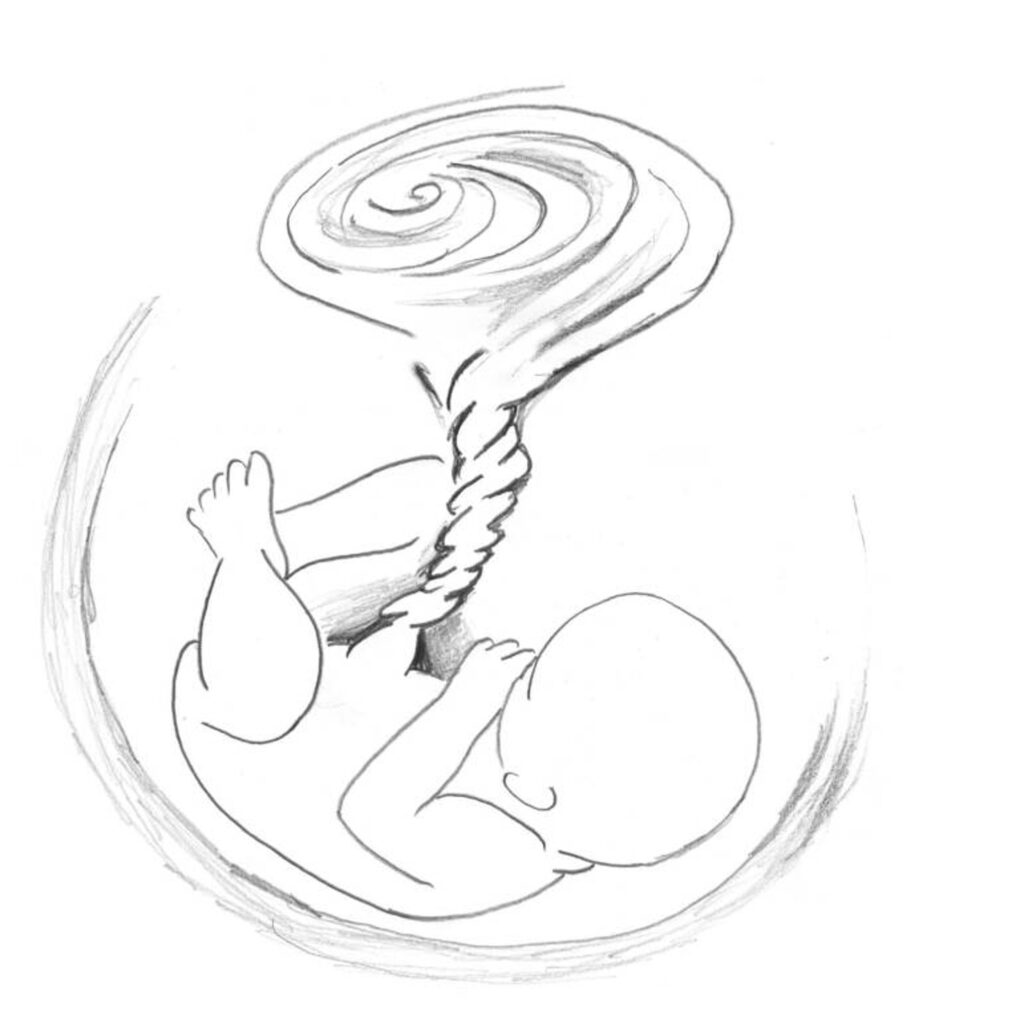
- continuation …
- pregnancy, the state of beign pregnant; pregnant (of a woman or female animal) having a baby or young animal developing inside her/its body;
- the umbilical cord, the umbilicus, the navel in placental mammals;
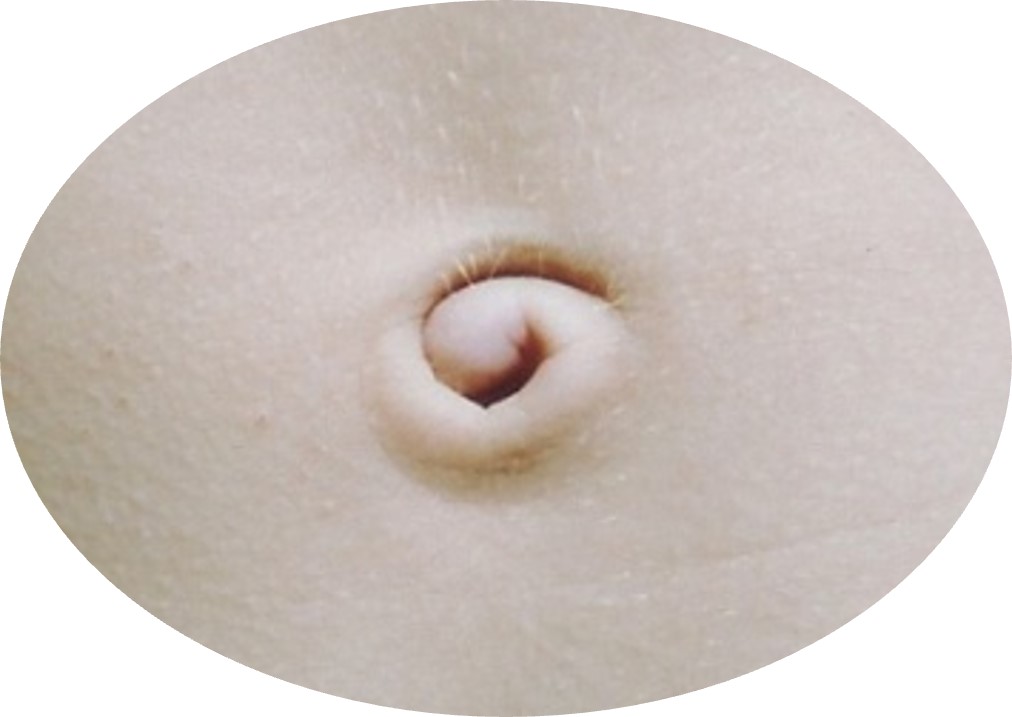
- continuation …
- breastfeeding (of a woman or female animal): to feed a baby with milk from the breast;

- continuation (citing examples supporting the impressive actuality of iSiPS)…
- hierarchical organization of living systems;
- tissues as networks of cells;
- the pineal gland (the main site of interaction between infrared light and purest, most structured water); the photodynamic immune-pineal axis;
- immune photohomœorhesis of living systems to preserve their biological identity, e.g. warm-bloodedness (homœothermy);
- biological, circadian rhythms; seasonal migrations;
- moon phases: the visible calendar; circalunar rhythm: tides, sap flow; menses, being on heat, pregnancy duration,…;
- mirror neurons, mirror images;
- biophotonic higher neural functions, such as sensory and motor control, vision, learning and memory, and cognition and consciousness;…
ISiPS finding, discovery and formulation marks a before and after in philosophy of science, in epistemology.
ISiPS teaching fills in the major knowledge and incomplete information gap existing in university education, in general, and in medical education and training, in particular.
A major knowlegde gap, of which graduates and doctorates are completely unaware, which biases their logic, reasoning, decision-making, and practice!
The paramount importance and transcendence of iSiPS in all areas of human activity successfully explained, for the first time!
- Inherent simpleness in the principle of asimilitude (iSiPS), the generative force governing the likeness of single entities, is also the firm basis, primary source of, fundamental impulse to, and driving force behind:
- the simpleness of the spirit;
- human being’s life¦spirit unity;
- human upright walking;
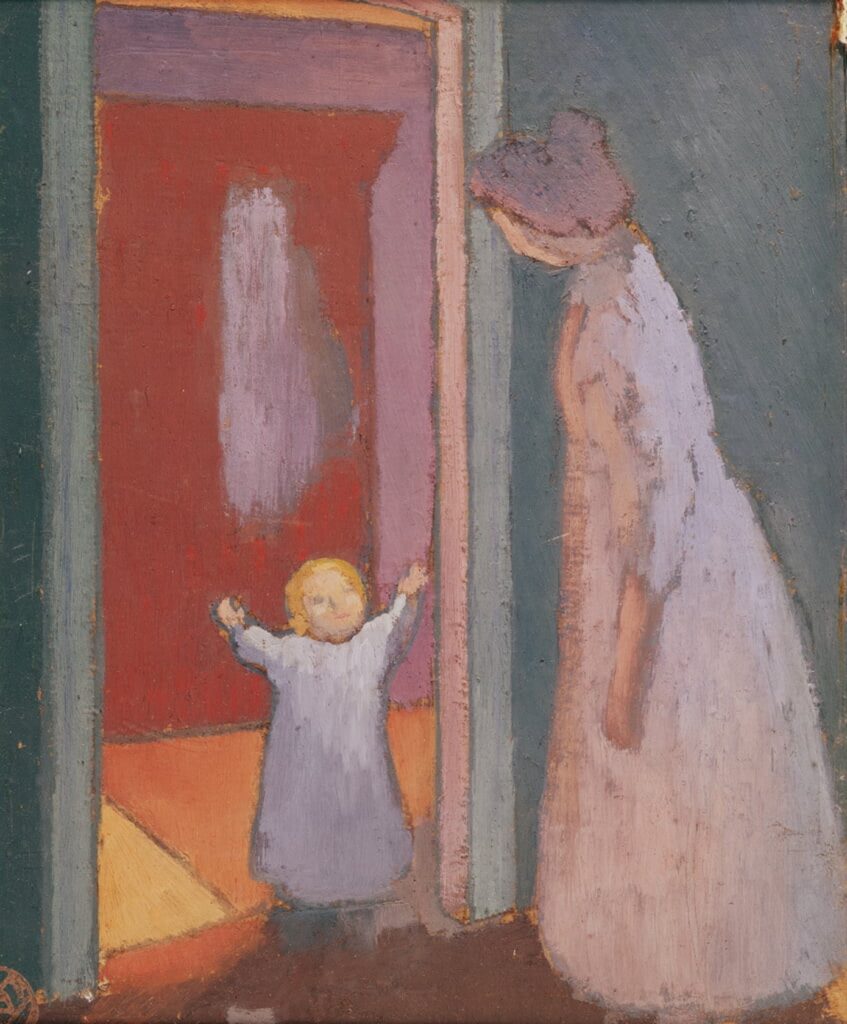
- continuation…
- human being’s hand for the sake of functional efficiency;
- the impressive apprehension of the reality (Zubiri X);
- one’s own identity;
- the very foundation of all evidence!;
- human language (body of communicative symbols whether it is made up of words, or of sounds, gestures, and facial expressions, or of visual signals [as a code of lights, smoke, or flags], or of electrical impulses in a computer);
- the mother tongue (the language that we first learn to speak when we are children);
- any phonetic/semantic dissimilation;
- any alphabet (a set of letters or symbols in a fixed order for writing a language);
- personal pronouns (we, you, they);
- adjectives ‘sublime’ and ‘supreme’;
- any noun having the consonantal code [prsm], or its phonetic equivalents [p≈b≈f; r≈l; m≈w]: assembly, balsam, embrace, empress, example, (for always), impulse, implosion, impression, marsupial, parsimony, permission, plasma, premise, prism, promise, resemblance (likeness), semaphor, sample, simple, sperm, symbol,…;
- the noun ‘peninsula’ [nn>m] (< Iberian Rommany pañí ‘water’); a prime example: the Iberian peninsula (= Spain and Portugal);
- the noun phrase ‘fundamental principle’;
- everyday nouns containing the consonantal code [pl], besides simple, sample, example, implosion, and plasma, which all are phonetic/semantic dissimilations from the Iberian Rommany primary etymon presimelo ‘beginning’, simple · for always (for ever) · similar, through the Greek intermediary άπλόος (áplóos) ‘simple, single’: apple, apply, application (tha practicai use of sth), amplify, complete, complex, complicate, couple, duplicate, explain, explicate, implication, imply, multiple [x], place, plain, plan, plant, plate, play, plead, please, pleasure, pleura, plug, plum, plus [+], replace, reply, supplement, temple, template,…;
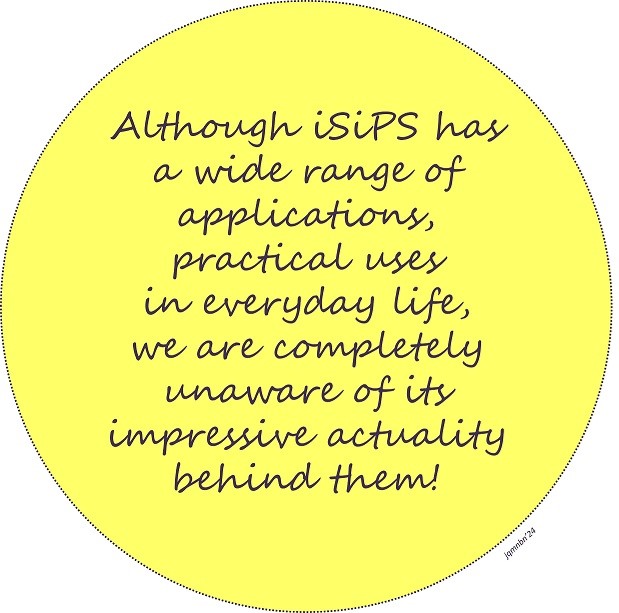
- continuation (items on the vast body of evidence supporting the impressive actuality of iSiPS)…
- biological and personal identity; its awareness and preservation;
- the invariance criterion of logicality;
- logic and mathematics;
- geometry;
- analysis and synthesis;
- dimensional analysis and self-similarity to solve the most complex equations;
- epistemology, defined as theory or disciplin about (scientific) knowledge, and philosophy of science;
- the until now so-called ‘principle of similitude’;
- the hitherto so-called ‘principle of simplicity or parsimony’ (Ockham);
- the very foundation of all experience [< Iberian Rommany chanisperó ‘spirit’];
- the very foundation of all knowledge;
- experimental efficiency, predictive certainty, and reproducibility;
- reliability (reliable: that can be trusted to do sth well; that you can rely on; that is likely to be correct or true);
- the scientific method (each one of its methodological steps);
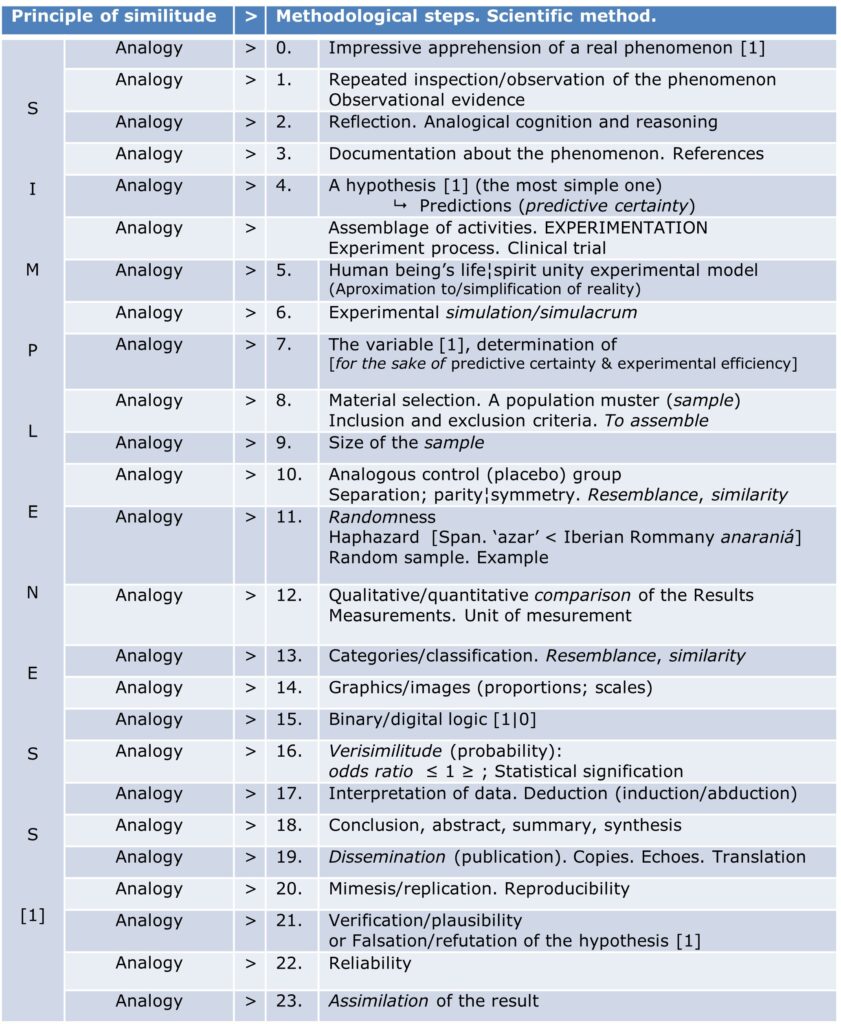
Scientific method. Methodological steps.
Inherent simpleness in the principle of similitude (iSiPS), the generative force governing the likeness of single entities, is the firm basis, the foundation, the primary source of, the driving force behind analogical cognition and reasoning, that is to say, of the assemblage of activities and methodological steps of scientific medical experimentation.
Predictive certainty, operative (functional) efficiency, reproducibility and reliability are major items underpinning the scientific method. They are clear expressions of iSiPS!
Analogies are widely recognized as playing an important heuristic role, as aids to discovery.
More information, including References and Glossary, at the Members’ Area
- continuation (citing solid evidences supporting the impressive actuality of iSiPS)…
- probability and information;
- diagnosis (the process of identifying a disease, condition, or injury from its signs and symptoms. It implies the previous knowledge of semiotic informational models for comparison);
- prognosis (a judgement about how sth is likely to develop in the future);
- any simulation; any simulacrum; any (re-)semblance;
- clinical simulation-based learning (to replicate real-world healthcare scenarios in an environment that is safe for education and experimentation purposes);
- any scale, working model; any model (example to copy);
- synthetic-theoretical research on the basis of analytical research results;
- artificial intelligence (AI), generative AI, and robotics;…
Moreover, inherent simpleness in the principle of similitude (iSiPS), the generative force governing the likeness of single entities, is the hitherto unknown:
- firm basis, primary source of, fundamental impulse to, and driving force behind:
- light that permeates and sustains our lives;
- our neighbour (any other human);
- the joy of assimilation (energy, light, animal magnetism (mesmerism), ideas, intellectual contents, food, sex); for the sake of generating self-similarity!;
- the joy of resemblance: parenthood, brotherhood, friendship, love [love is born from resemblance!];
- sex appeal, the quality of being attractive in a sexual way. It’s another noun phrase for iSiPS appeal;
- awareness (knowing that something exists and is important);
- aesthetics, beauty and elegance;
- comparison and competition;
- firmness (strength and stability);
- pureness (purity);
- distinction (dissimilarity);
- truth; the primary, radical, real Truth (Zubiri X);
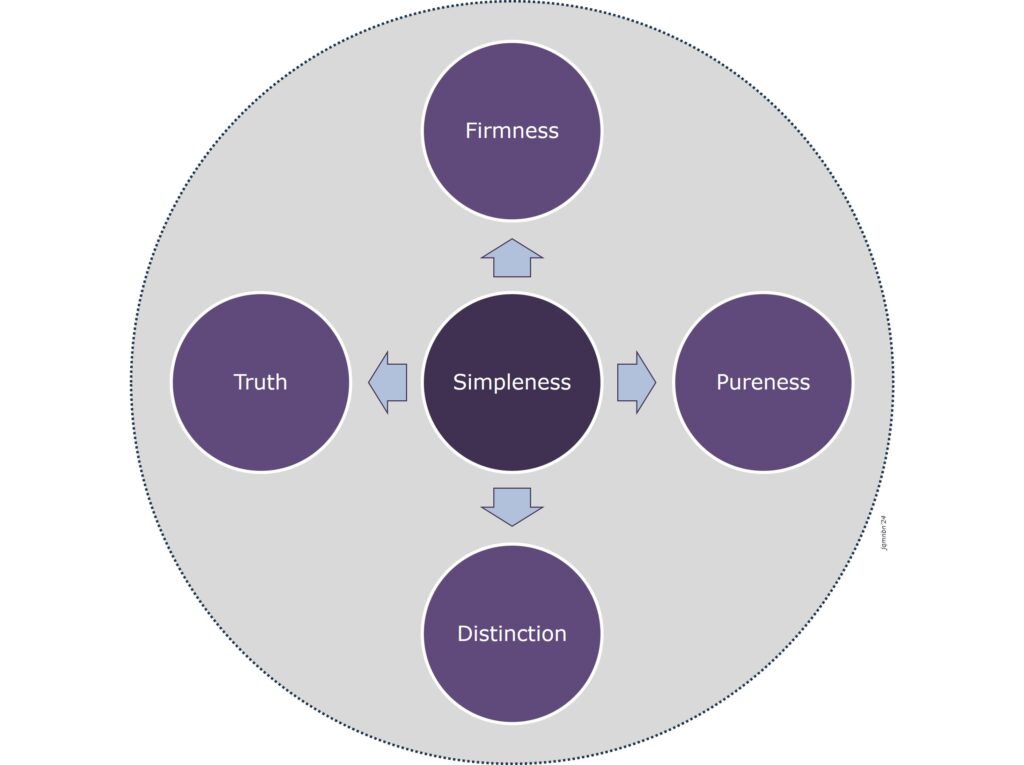
- continuation (citing examples supporting the impressive actuality of iSiPS)…
- memory (ability to remember);
- learning processes (by imitation/simulation);
- symbols, metaphors, allegories, parables;
- sayings and proverbs, e.g. ‘birds of a feather (flock together)’, people of the same sort (are found together);
- rituals and traditions;
- perseverance;
- dreaming and imagination;
- fine arts, the arts, whether symbolic, figurative or abstract;
- a choir and its choirmaster;
- the art of dancing (human being’s life¦spirit unity artistically moving);
- chance, randomness;
- irony;
- combat sports;
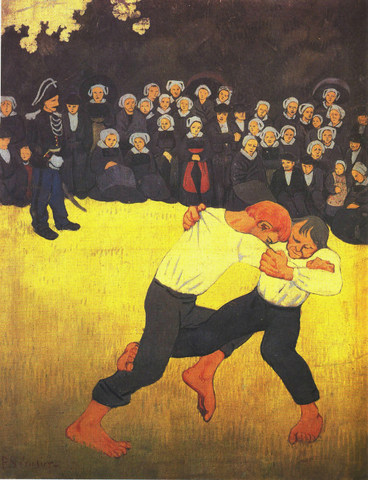
- continuation (citing examples supporting the impressive actuality of iSiPS)…
- ball games, ball sports [the ball: solar symbol!];culture and tradition;
- playing games and sports (by teams or individual players);

- continuation (citing solid evidences demonstrating the impressive actuality of iSiPS)…
- society;
- generativity: the quality of being able to produce or create something new;
- cooking (for the joy of assimilation);
- lifestyle;
- hygiene, sanitation and rehabilitation;
- the firmament, the sky (as the existing firmest bastion!);
- the only necessary (unum necessarium) [God];
- humility;
- mortification (any embarassment);
- moral sense [concerned with what is right or wrong, as a man’s innate faculty. Moral philosophy/sciences. Morals: rational creature’s movement towards God (Thomas Aquinas)];
- faith (= opening to the mystery);
- hope [Spanish ‘esperanza‘ < Iberian Rommany chanisperó ‘spìrit’];
- the heart, the soul of religions (Gandhi);
- psalms (the Book of Psalms);
- the marvel and mystery of saying ‘Our Father‘!;
- the Beatitudes (Matthew 5: 1-12);
- the lofty goal of our existence;
- acquisition of our own innermost identity;
- grace and holiness (sanctity);
- death (the last chapter of the lesson in humility, that is this earthly life, and that makes us all alike);
- inherent simpleness in the principle of similitude (iSiPS), the generative force governing the likeness of single entities, does generate humility and charity and mortification and holy simpleness and silence too!;
- the Resurrection promise; the promise of eternal life in heaven; simple · for always (forever) · similar …;
- silence (and stillness -absence of movement or sound-), the most extreme example of the impressive actuality of iSiPS, simple · forever · similar!…
“Supreme truths lack arguments. They know how to give themselves. They do not know how to plead their cause. Our most intimate, most nourishing certainties are also the most vulnerable on the dialectical terrain. To defend them is already to betray them. Their divine innocence, freshness and magnetism suffocate under the armor of arguments…”
Gustave Thibon, Le pain de chaque jour. La solitude et le secret. Éditions du Rocher, Monaco, 1945, p. 119-120.
Last but not least, inherent simpleness in the principle of similitude (iSiPS), the generative force governing the likeness of single entities, also is the hitherto unknown:
- firm basis, primary source, solid foundation and driving force behind:
- the root of the acquisition of knowledge in medicine;
- the starting point of illness;
- human being’s original internal itch disease, with or without its attendant eruption on the skin, which may be called by the general name of ‘psora‘ [< Iberian Rommany zarapiá ‘the itch; leprosy’];
- the dyshomœorhetic¦semiotic unity (dŒsi) of every individual case of disease;
- Æis photo-dynamizatiom/potentization -raising to a higher power- (Hahnemann): photodynamic simpleness;
- pure experimentation of dynamized Æis on healthy persons (xdŒsi);
- the Summa of Pure Semiotics;
- the Law of cure (similia similibus) by individualized semiotic similitude;
- the ideal of what a healing process should be: rapid, gentle and durable restoration of the health, or removal and annihilation of the disease in its whole extent, in the shortest, most reliable, and least disadvantageous way, on grounds that can be inspected clearly (Hahnemann);
- photodynamic simpleness: a) experimental, b) semiotic, c) diagnostic¦therapeutic. the ABC (basic facts) of pure, perfectly simple Homœopathy, and its scientific simpleness;
- the Weihe‘s pressure point confirming the indicated photodynamic homœopathic simpleness for a given evolutive phase of an individual case of disease;
- photodynamic homœopathic simpleness: categorization of the photodynamic experimented analogy¦energy unity (Æi) specifically indicated -by means of semiotic similitude- for each evolutive phase of a given individual case;
- photodynamic xdŒsi/dŒsi superposition -overimpression- therapeutic effect at the starting point of illness;
- the photodynamic Art and Technique (applied Science) of Healing every individual case of disease in a predictively certain and maximally efficient manner, i.e., pure, perfectly simple Homœopathy, founded by Hahnemann;
- Hahnemann’s Organon of the Healing Art and Technique [‘Organon der Heilkunst‘], 6th edition, 1842, the methodology of iSiPS individualized therapeutic applying;
- paramount exemplar scientific value of every individual case of disease, with a long follow-up in the way of cure, since having administered a photo-dynamic homœopathic simpleness, as a sole therapeutic variable, after the failure of previous apparently well indicated ones;
- a future overdue photodynamic homœopathic simpleness Law, that will protect and promote the necessary perfection of the individualized therapeutic application of iSiPS, i.e., pure, perfectly simple Homœopathy, for the good of the humanity!
The supreme scientificity of pure, perfectly simple Homœopathy successfully explained in the light of iSiPS, the supreme Law of and driving force behind the existence, for the first time!
Pure, perfectly simple Homœopathy is the Healing Art and Technique (applied Science), i.e., the individualized therapeutic application of inherent simpleness in the principle of similitude (iSiPS), is able to cure every individual case of disease photodynamically, in a predictively certain, and maximally efficient manner (on the understanding that its cure is still possible).
More information, including References and Glossary, at the Members’ Area
ISiPS unveiling and teaching:
a seminal event in the development of philosophy of science, epistemology, and scientific practice of medicine, for the good of the humanity!
For reasons already stated, iSiPS individualized therapeutic application Teaching is an epistemological duty in Medical Education and Training!
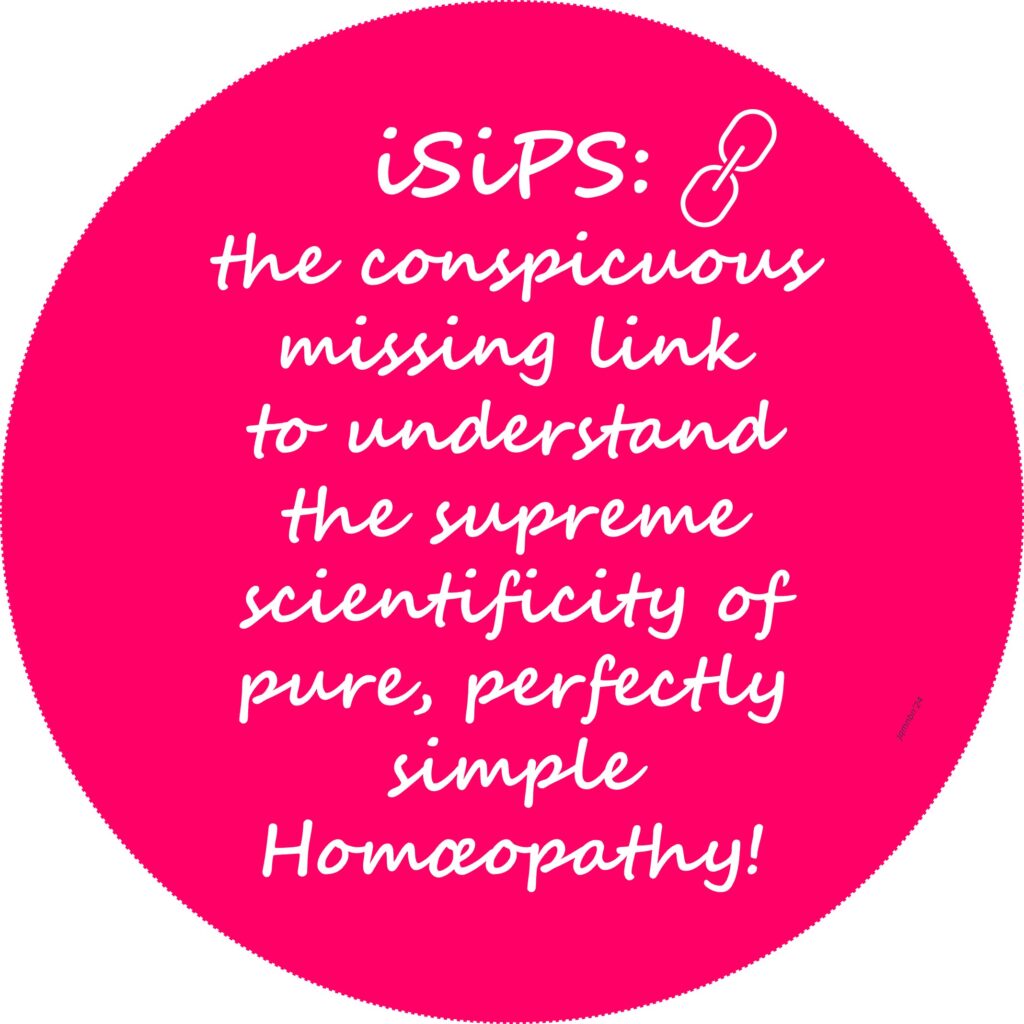
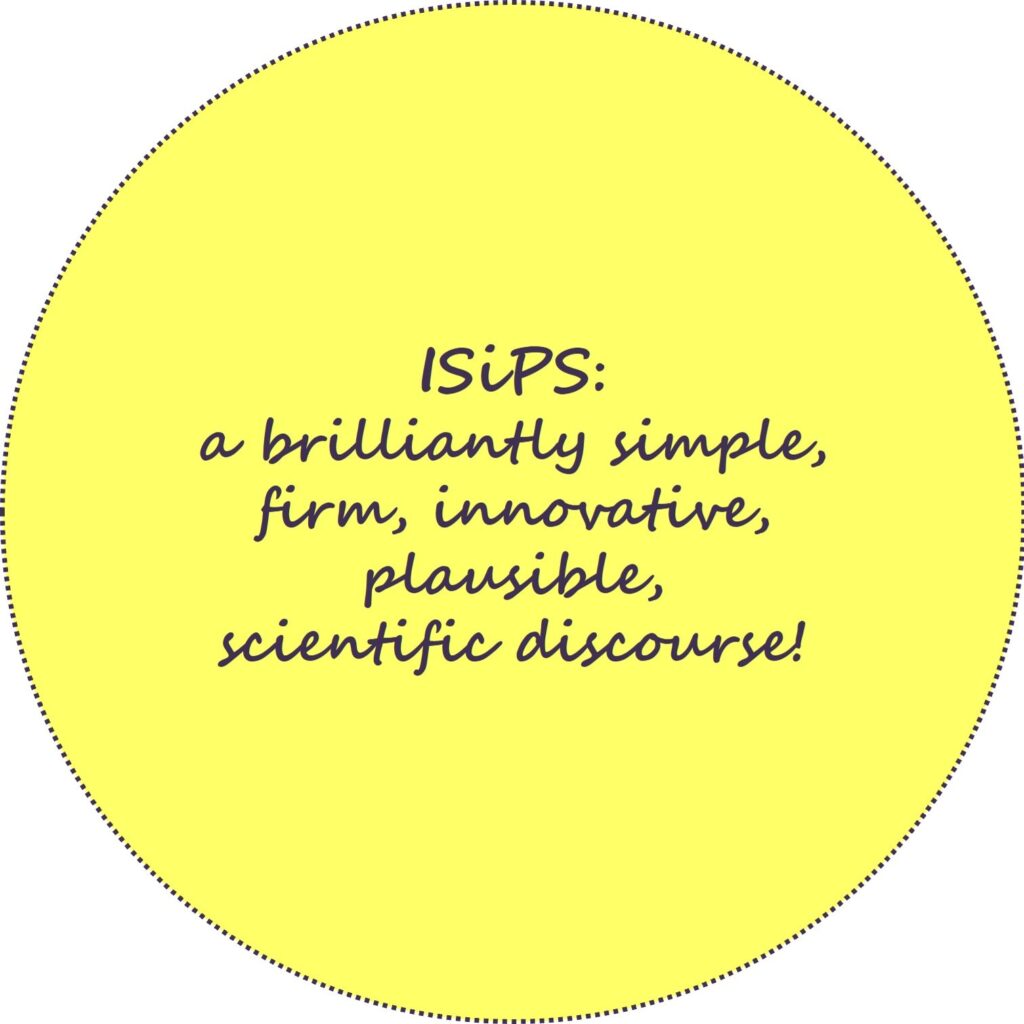
Simple · Forever · Similar
for the sake of efficiency
